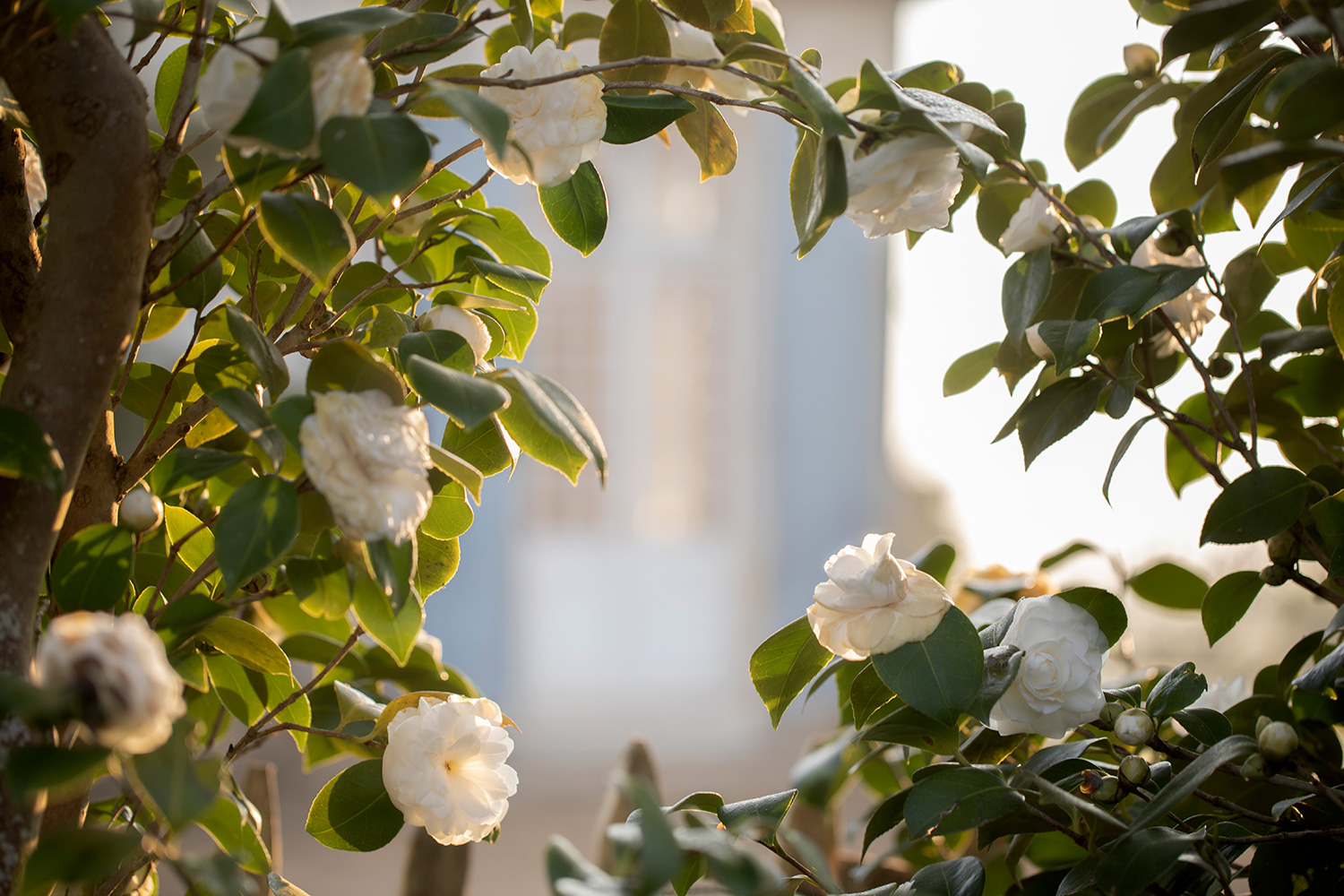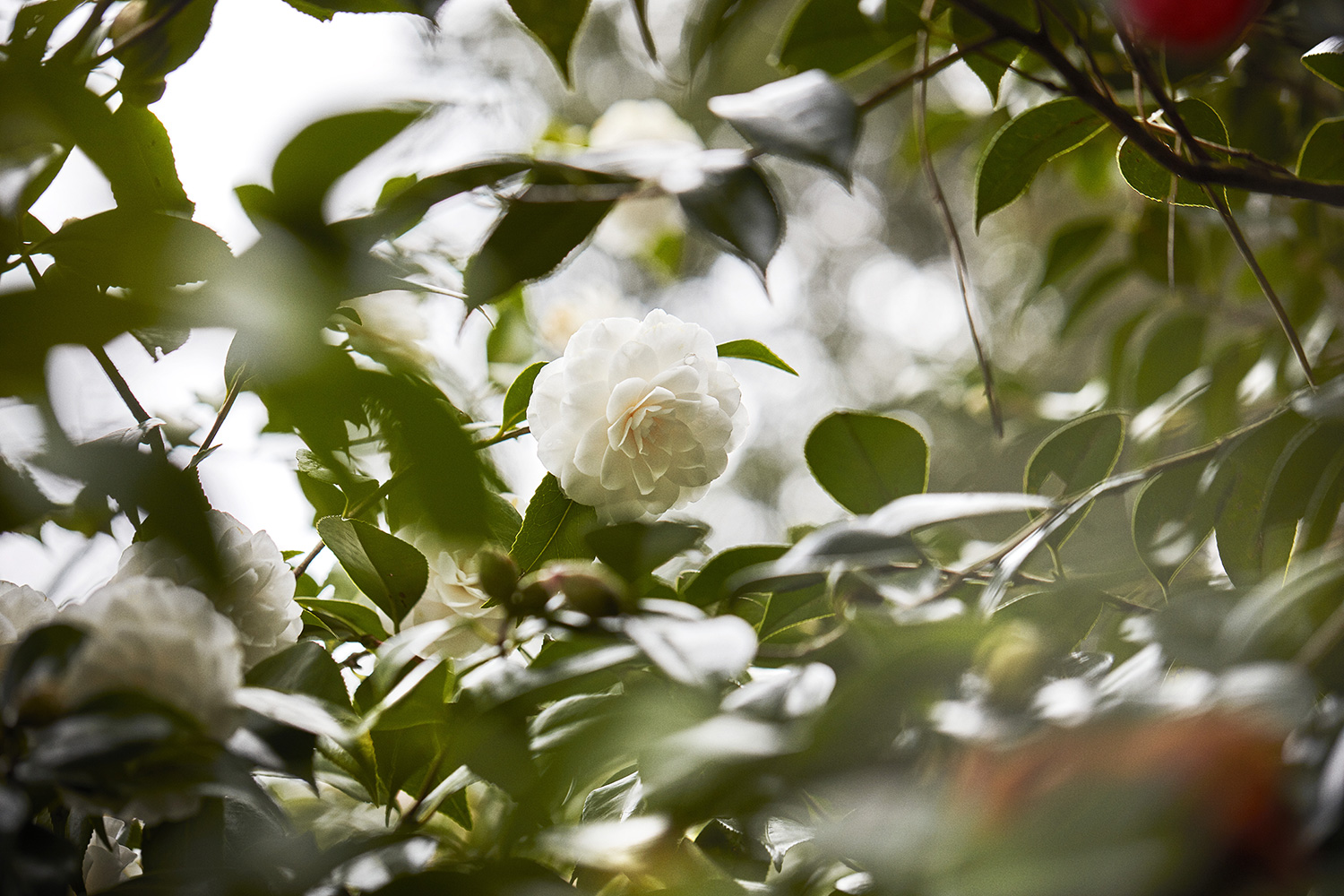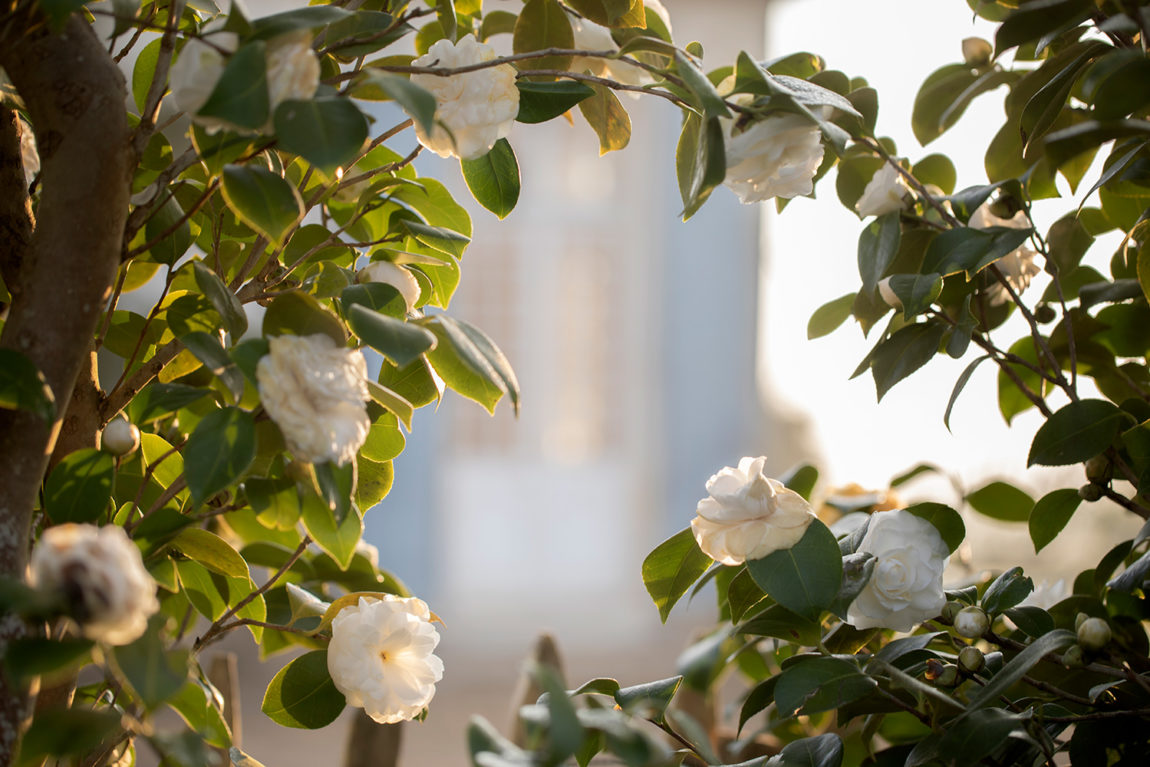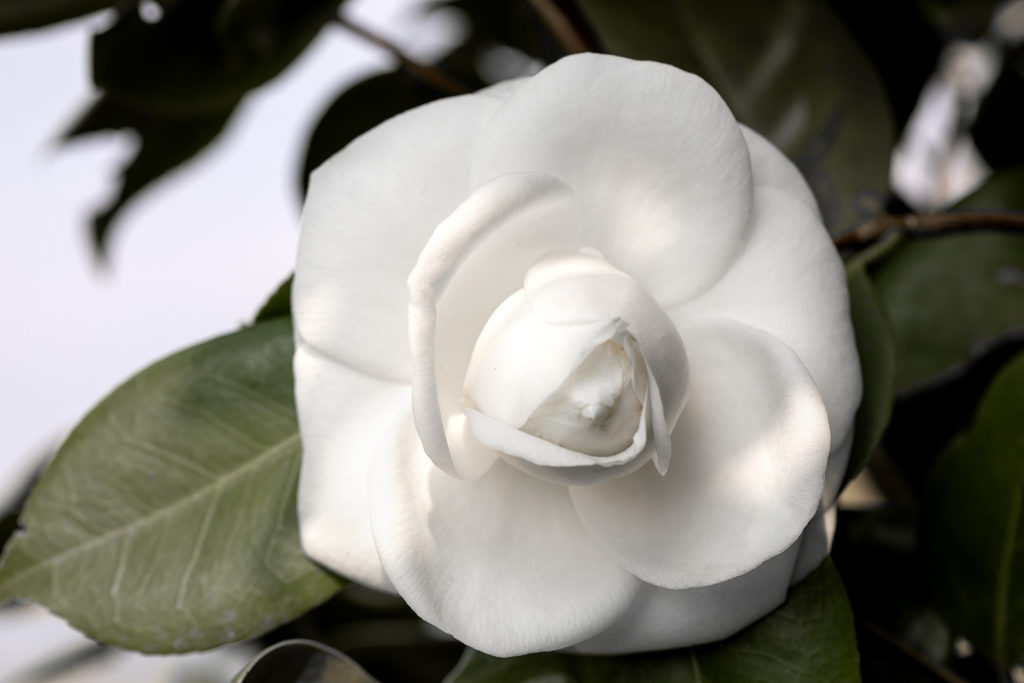This is the influence of a flower; Mademoiselle Chanel’s favorite flower, which turns out to be a true botanical treasure. This is the story of a terroir, a place unique in the world that combines tradition and innovation, where nature is the source of beauty.
This is the story of an exceptional project.

Drawing inspiration from nature cannot be improvised. For several years, CHANEL has been cultivating, observing and experimenting in its open-sky laboratories located in various climatic zones around the globe. Considered the true cradles of CHANEL skincare, they are the result of an exemplary approach, on an environmental and territorial scale, that values the terroirs through a virtuous agro-ecological approach, combining traditional farming practices and scientific innovation.
Since 1998, in the South-West of France, between the green hills of Béarn and Adour, in the heart of the village of Gaujacq, CHANEL has been leading a project of an exceptional scale around the camellia, the emblematic flower of Mademoiselle Chanel. It was initiated in collaboration with Jean Thoby,International Camellia Expert, who has been cultivating a unique botanical conservatory garden for several decades. Dedicated to plant conservation, it shelters 2,000 varieties of camellias, gleaned throughout the world, including two seedlings from the mother plants that were supposedly ordered by Gabrielle Chanel more than a century ago.
They were the starting point for the establishment of the CHANEL crops, at the Camellia Farm located a few kilometers from this exceptional place. The plant conservatory also houses the rarest horticultural species and varieties, on nearly five hectares, and includes no less than 3,000 plants gathered over time around the world by the family of Jean Thoby who has been botanizing for five generations.

This part of southwestern France is ideal for welcoming and cultivating the camellia, which arrived from Asia by the Tea Road in the 17th century; particularly thanks to its very balanced summer and winter temperatures similar to those of China and Japan, the countries of origin of camellia.

“The climate of Gaujacq is known for its rainfall spread over the four seasons. The winds are almost non-existent, the land is deep, and the springs are abundant,” explains Jean Thoby.
“In 1998,” he recalls, “we began a collaboration with CHANEL Research, in order to carry out experiments, sampling, planting…. From trial to trial, following numerous exchanges with the phytochemistry laboratory, we managed in 2009 to carry out a first cultivation of Camellia japonica ‘Alba Plena’.” Without the CHANEL project, this white camellia, which is only cultivated in Gaujacq, may have disappeared. (…)









Comments are off this post!